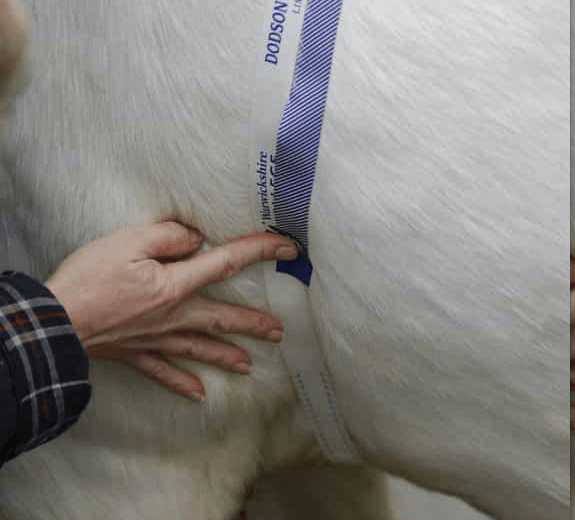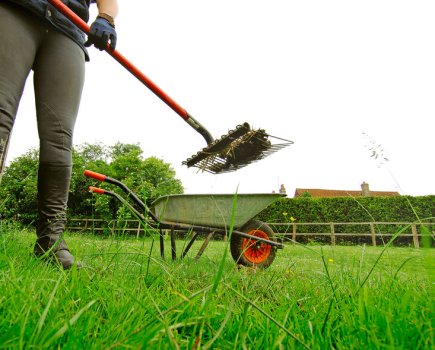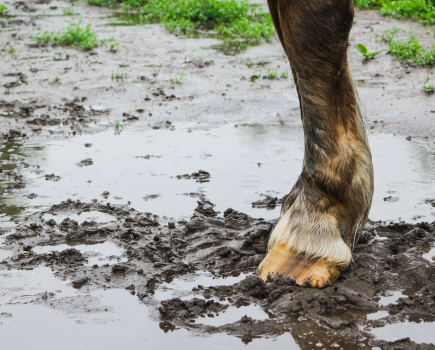Many horses and ponies quickly put on weight at this time of year, as they enjoy the spring grass and we owners enjoy having them in the field more. It’s a lovely season, but it can be a worry when you’re aiming for your horse to be #fitnotfat. If your horse tips the scales into the overweight or obese category — and many do, often without their owners realising it — the implications for their health can be catastrophic.
There are a few quick checks that you can make in order to keep an eye on your horse’s waistline. The first thing I’d recommend is to do a visual assessment, explains vet Gil Riley. Examine your horse using a body condition score chart or weigh tape. You can easily download a body condition score chart online, which shows what a horse looks like on a score of usually 0 (emaciated) to 6 (extremely overweight).
What to look for
1 A crest above the neck muscle
If there’s anything above your horse’s neck muscle, then he’s fat, as there shouldn’t be anything here.
This is where excess fat is stored and, in ponies, can be an indicator of laminitis.
2 Shoulder fat
If you can see pads of fat on your horse’s shoulders, then he’s carrying too much weight.
3 Ribs
Your horse’s ribs should be easy to feel when you run your hands across them or visible to the eye when you stand back and look at him from the side. If you have to press hard to feel them, then he’s overweight.
4 Hindquarters
When viewed from behind, his quarters should be rounded, with a slight angulation from the top of them down to his hind legs. If they look like a big apple with a gutter running down the middle, he’s fat.
5 Monitor his weight
A great way to keep an eye on your horse’s weight is to take a picture of him from all angles before he’s eaten breakfast. Do this again two weeks later to see if any changes have occurred. Another option is to use a weigh tape over the same point across his body. Again, do this in the morning before he’s eaten any food and take it again two weeks later and notice any changes.
![]() Have you heard about Your Horse’s #FitNotFat campaign, which is supported by Dodson & Horrell? Equine obesity is an enormous welfare problem and we’re on a mission to provide owners and riders with the knowledge, skills and information you need to keep your horse in tip-top health. It could be life saving! Find out more
Have you heard about Your Horse’s #FitNotFat campaign, which is supported by Dodson & Horrell? Equine obesity is an enormous welfare problem and we’re on a mission to provide owners and riders with the knowledge, skills and information you need to keep your horse in tip-top health. It could be life saving! Find out more
Look what’s inside the latest issue of Your Horse









